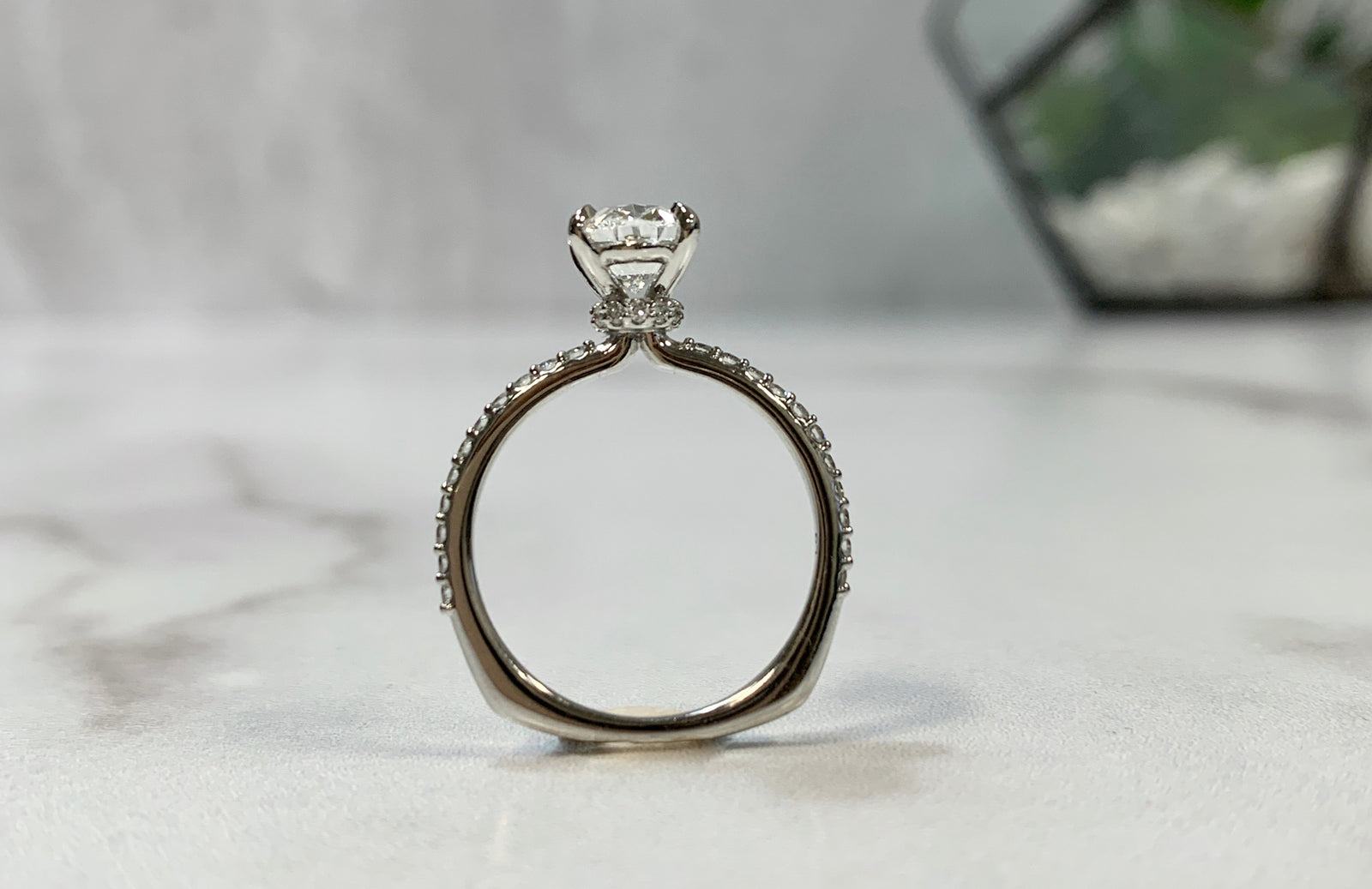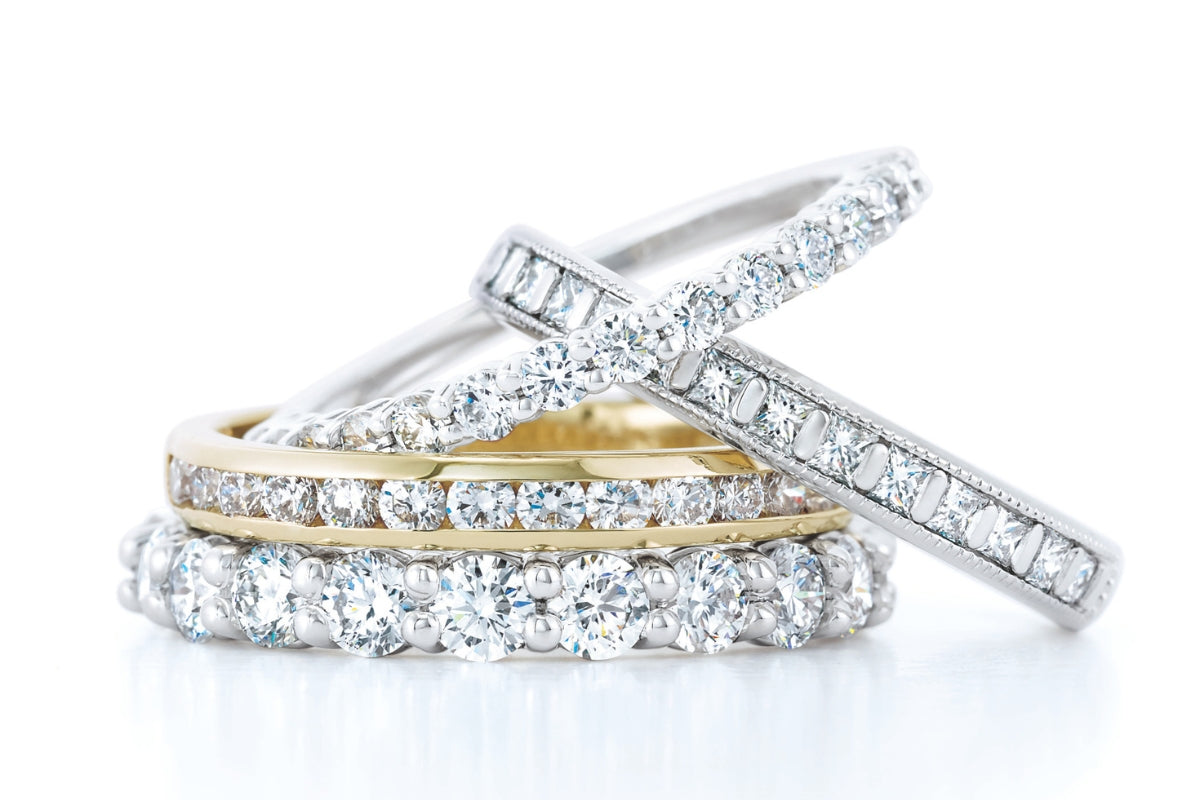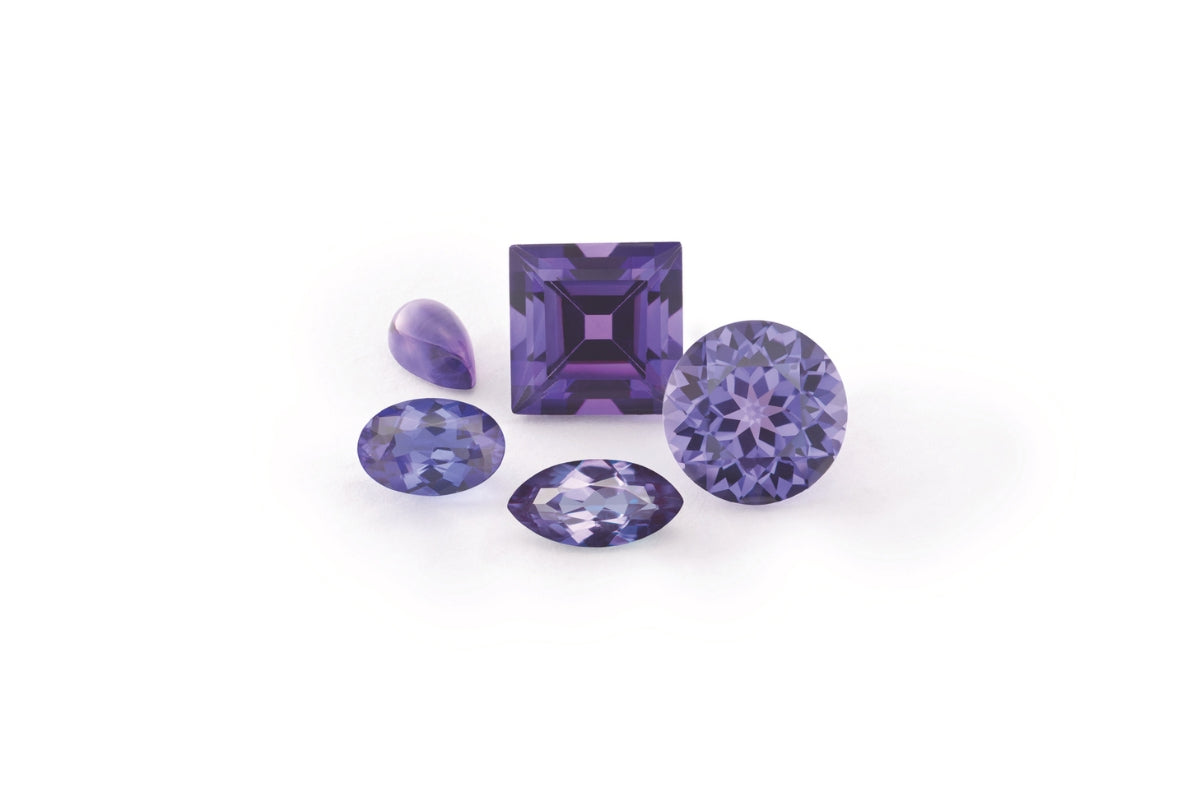When shopping for an engagement ring, it’s easy to get overwhelmed with the infinite options of styles, colors, stone type/placement, and dimensions of the ring. Initially, you may have a few favorite styles or a certain aesthetic you’re hoping to achieve. These styles could have been influenced by family, friends, trends, and your individual preferences or lifestyle. It’s often easy to overlook function as an important part of your overall happiness when wearing fine jewelry on a day-to-day basis. Most consider the finger size of the ring the only way to ensure it’s “comfortable” for daily wear. Though this is an essential part of the equation to ensure proper fitment, when coupled with other intentional aspects of the ring design, you can achieve a ring that not only fits your ideal look, but also your ideal feel.
One way to consider your future ring’s function is to consider what’s called a european shank, often referred to as a “euro shank.” First, let’s discuss what area of the ring “shank” refers to. Quite simply, you can consider it the base or bottom of the ring. Generally, when we refer to a ring’s shank, we’re focusing on the 6 o’clock “base” position. Though technically, you should consider between the 9 o'clock and 3 o’clock positions and lower as the shank. More specifically, we’re referring to the area of the ring where most wear and tear takes place. Consider when you grab door handles or grip items in your hand, the “shank” of the ring will be the area that comes into contact with various metals and materials, thereby protecting the other areas of the ring from coming into contact with everyday elements.
So, what is a european shank? Well, it’s intentionally designing the 8 o’clock and 4 o’clock positions of the shank (bottom) of the ring with additional precious metal reinforcement in order to alleviate the top of the rings side-to-side motion or spinning. Engagement rings or wedding bands that are of the halo style or have larger centerstone and/or accent stones may benefit from a european shank more so than rings without such “top heavy” design elements.
Let’s talk style. Upon first impression, it’s rare that the european shank will impress or add aesthetic beauty in the eyes of the ring wearer. Because of the specific use case of the european shank, most jewelry stores do not readily stock rings featuring european shanks in their inventory. It’s hard to say how many rings already have a european shank, mainly because it’s rarely spoken of or seen as its placement when on the hand is in the lower quadrant of the ring and can only be seen from flipping one’s hand over. Thus, making it your little secret as essentially nobody will know its placement from a top-down view.
Here are some example photos of the same ring shown with and without a european shank:


Looking past the initial unfamiliarity of the way a a european shank looks, there are a handful of functional benefits that you may want to consider:
- Keeps ring from spinning or moving from side-to-side by acting as a counterbalance. Especially useful for halos or top heavy rings with large center stones
- Reinforces base of ring for future wear and tear purposes
- Most find it hardly noticeable when on the hand
- Some find that a european shank offers superior comfort due to its intentional design
It’s worth noting other potential drawbacks that you may consider:
- Some may find that it neither adds to or takes away from the overall aesthetics
- Some may find that it’s not as aesthetically pleasing and would rather choose to embrace rather than modify an established ring aesthetic
- Some may find it unnecessary for their specific engagement ring or wedding band
- It may take some getting used to when adjoining fingers touch the slightly reinforced corners at the bottom of the ring
There is a misconception that a european shank changes the finger size. This is incorrect, as the actual ring diameter (finger size) does not change. The only change is in the reinforcement of the base of the ring. Once more, it’s important to realize that ring sizing (fitment) is the best way to achieve a secure fitting. Thus, a european shank should not be considered a sizing remedy, but a way to minimize (not eliminate) the potential for this side-to-side (lateral) movement of the ring while on the finger.
You should note that adding a european shank will incur a slight increase in the overall weight of the precious metal being utilized in the band. Thus, making the cost slightly higher for both the added weight and craftsmanship required to properly achieve the performance desired of a european shank.
Do you have a european shank on your ring? Would you add one? Tell us below!




